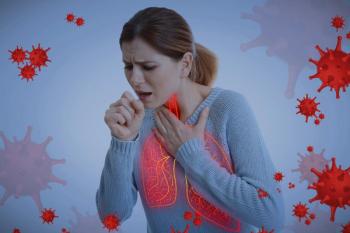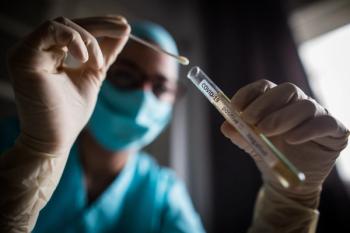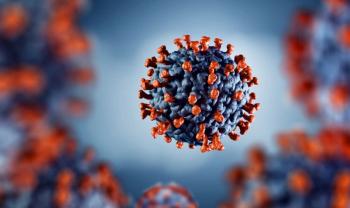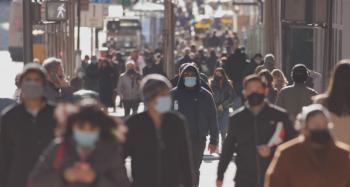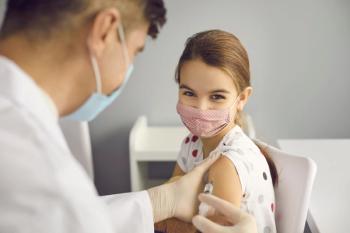
- Drug Topics August 2020
- Volume 164
- Issue 8
Investigators Find COVID-19 Connection in Vasculitis
A Kawasaki-like inflammatory disease has affected children who have coronavirus disease 2019.
The term vasculitis refers to a rare and complex family of diseases that can cause inflammation of the aorta and other arteries, veins, and blood vessels. Vasculitis manifests in many forms, involving different parts of the body and presenting with a diverse range of severity and duration.
Kawasaki disease (KD),a form of vasculitis that is exclusive to children,is known to inflame blood vessels throughout the body, especially those feeding the heart. Currently, the CDC is investigating reports of multisystem inflammatory syndrome associated with coronavirus disease 2019 (COVID-19) in children, which may present with KD-like features.1
Recent studies suggest that, although rare, KD may be triggered by underlying infections such as COVID-19 or flu.2 KD produces clinical signs such as prolonged fever; swollen lymph nodes; bloodshot eyes sans drainage; rash; red, cracked lips and tongue; swollen lymph nodes on 1 side of the neck; and a fever of 100.4 °F or more that persists for 5 days or longer. KD typically occurs in children under 5 years of age but can also affect older children.2
The Coronavirus Connection
The coronavirus family has been suspected of playing a role in the onset of KD for the past 2 decades. In a 2005 study, a group of researchers in Connecticut, identified a novel strain of the disease, human coronavirus New Haven, in the respiratory secretions of 8 of 11 children who had KD versus 1 out of 22 controls.3
COVID-19 was initially pegged as a disease that primarily affects the respiratory system. However, that changed with news of potential cutaneous involvement in certain populations in Italy in spring 2020, following reports of strange lesions on children’s skin. The results were published in The Lancet in May 2020. The Italian province of Bergamo, which had the highest number of COVID-19 infections and deaths in the Mediterranean country, experienced a 30-fold increase in incidence compared with the monthly incidences recorded during the previous 5 years.3
During the month of April, investigators observed an increased incidence of what they referred to as “Kawasaki-like disease.” Between February 18 and April 20, 2020, 10 children (aged 7.5 years [SD, 3.5]) received diagnoses of KD. Children were admitted to the hospital and, on average, presented with fever on day 6 (range, 4 to 8). Half the patients presented with typical manifestations of KD, including cutaneous involvement such as polymorphic rash; hand and feet anomalies such as firm induration, erythema, or both; and nonexudative conjunctivitis. Investigators observed altered appearance of the lips and/or oral cavities of 80% of patients. The remaining 5 patients presented with incomplete forms of KD.3
However, truly discerning the connection between COVID-19 or other members of the coronavirus family requires additional study.
Recognizing KD Cases
KD manifestations often resolve on their own, and many children recover fully. However, children who fail to receive appropriate medical evaluation and treatment face heart damage and other complications. Because no specific test can diagnose KD, a fever lasting for more than 5 days is often used as an indicator of potential disease. To help determine whether a patient has KD, a physician might run blood and urine tests, an electrocardiogram, and an echocardiogram.
KD has 2 primary treatments: prolonged aspirin therapy, initiated every 6 hours and then decreased to once-daily dosing, and intravenous immunoglobulin to curtail swelling in blood vessels.
References:
- Vasculitis. American College of Rheumatology. Updated March 2017. Accessed May 28, 2020.
https://www.rheumatology.org/I-Am-A/Patient-Caregiver/Diseases-Conditions/Vasculitis - Kawasaki disease (KD). American College of Rheumatology. March 2019. Accessed May 28, 2020.
https://www.rheumatology.org/I-Am-A/Patient-Caregiver/Diseases-Conditions/Kawasaki-Disease-KD - Verdoni L, Mazza A, Gervasoni A, et al. An outbreak of severe Kawasaki-like disease at the Italian epicenter of the SARS-CoV-2 epidemic: an observational cohort study. Lancet. 2020;395(10239):1771-1778. doi:10.1016/S0140-6736(20)31103-X
Articles in this issue
over 5 years ago
Pandemic Presents Unique Challenges for ADHD Managementover 5 years ago
Health Crisis Highlights Value of Pharmacy Compoundingover 5 years ago
Pharmacy Unions Push for Improvementsover 5 years ago
Protect Your Pharmacy’s Online Presenceover 5 years ago
Communicating Facts Can Help Boost HPV Vaccination Ratesover 5 years ago
Brace for Flu Season as COVID-19 Pandemic Persistsover 5 years ago
Managing Drug Diversion Amid PandemicNewsletter
Pharmacy practice is always changing. Stay ahead of the curve with the Drug Topics newsletter and get the latest drug information, industry trends, and patient care tips.

